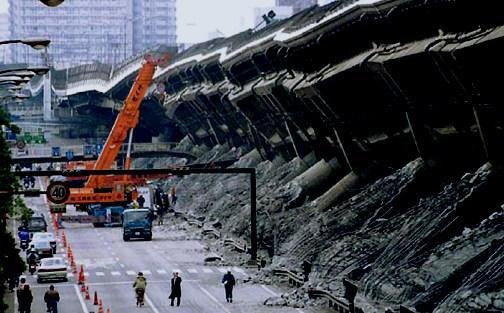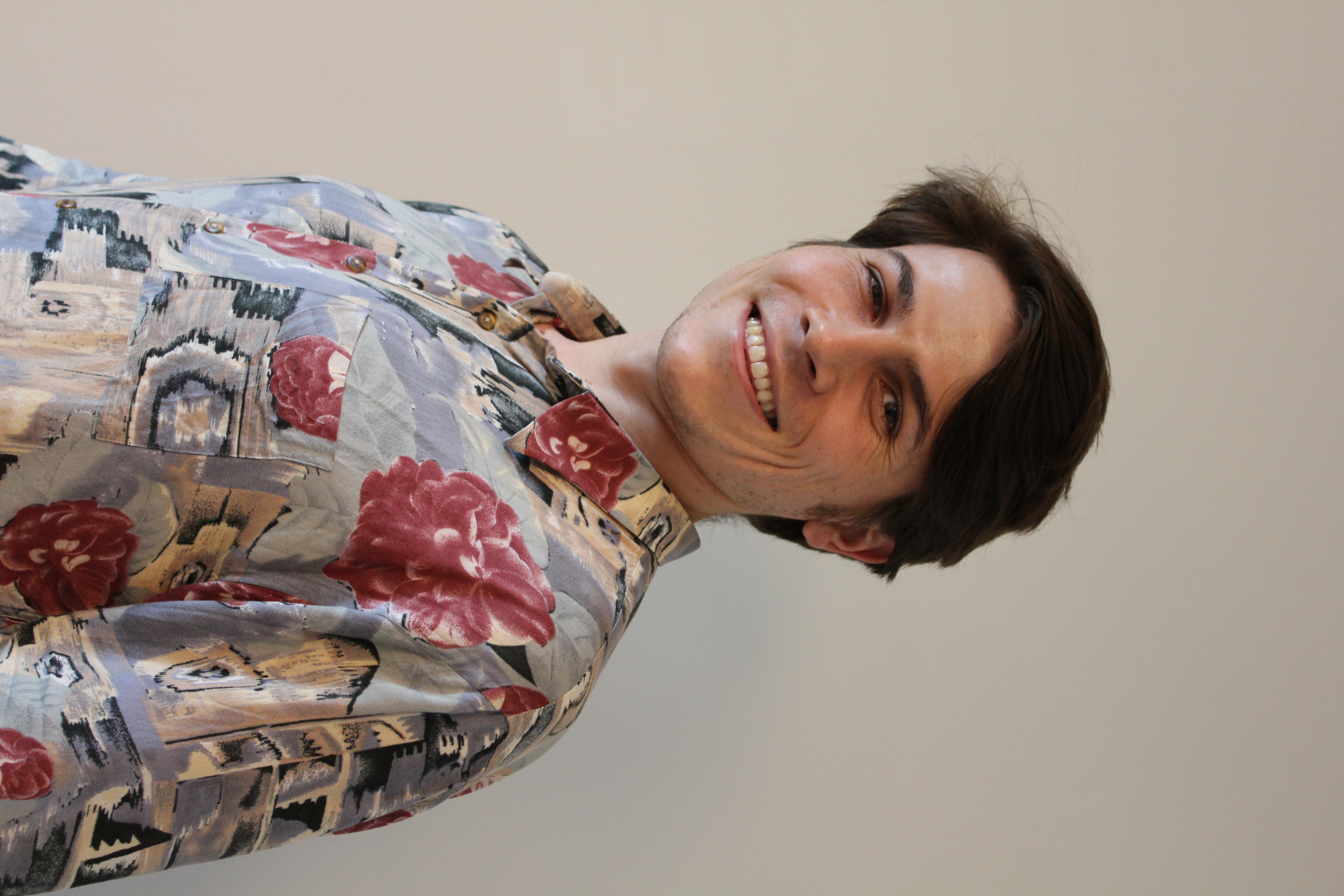References:
[1] Brissaud, Q., et al. (2020). Extension of the Basin Rayleigh‐Wave Amplification Theory to Include Basin‐Edge Effects. Bulletin of the Seismological Society of America, 110(3), 1305-1322.
[2] Brissaud, Q., & Tsai, V. C. (2019). Validation of a fast semi-analytic method for surface-wave propagation in layered media. Geophysical Journal International, 219(2), 1405-1420.
[3] Tsai, V. C., Bowden, D. C., & Kanamori, H. (2017). Explaining extreme ground motion in Osaka basin during the 2011 Tohoku earthquake. Geophysical research letters, 44(14), 7239-7244.
[4] Bowden, D. C., & Tsai, V. C. (2017). Earthquake ground motion amplification for surface waves. Geophysical Research Letters, 44(1), 121-127.
[5] Kawase, H. (1996). The cause of the damage belt in Kobe:“The basin-edge effect,” constructive interference of the direct S-wave with the basin-induced diffracted/Rayleigh waves. Seismological Research Letters, 67(5), 25-34.

The presence of sediments near the Earth’s surface can significantly amplify the strength of shaking during earthquakes. This amplified shaking can lead to dramatic casualties in populated areas (see [5]). Such basin or site amplification effects have been well documented in numerous regions, yet the complex and often situational dependence of competing reasons for this amplification makes it hard to quantify in a general sense or to determine the most significant contributions. Simple 1D seismic profiles can be used to estimate the amplitude differences between a basin site and a hard-rock reference site (see [4]). This model succesfully retrieved the basin-amplification factors in Osaka during the 2011 Tohoku earthquake (see [3]). Additionally, an analytical method (see [2]) can be used to estimate the seismic Green’s functions instantaneously which simplifies the computation of 1d amplification factors and enables us to explore their sensitivity to 1d velocity structures at depth.
![The 1d amplification model by Bowden and Tsai (see [4]).](/images/bowden_SW_amplification.png)
The 1d model by Bowden and Tsai, provides quickly some first-order estimates but ignores any reflections or conversions at the basin edge or a resonance effect depending on the basin’s geometry. In [1], we build an analytic model based on coupling coefficients for surface Rayleigh waves to account for the lateral discontinuities at a basin’s edge. We use this simple tool to explore the relationship between the basin’s Rayleigh-wave amplification spectrum and various parameters such as basin depth, edge slope angle, and impedance contrast. The step-by-step construction of the model allows us to quantify the contributions from various wave propagation effects with the goal of identifying situations under which various basin-edge effects must be considered in addition to purely 1D estimates. For the most velocity contrasts (less than a factor of 5), the error made by the 1D theory in predicting maximum Rayleigh-wave basin amplification is under 35% for both the horizontal and the vertical components. For simple basins, the vertical amplification dominates at high frequencies and the horizontal at lower frequencies.
![The 2d amplification model by Brissaud et al (see [1]).](/images/brissaud_SW_amplification_basin.png)
